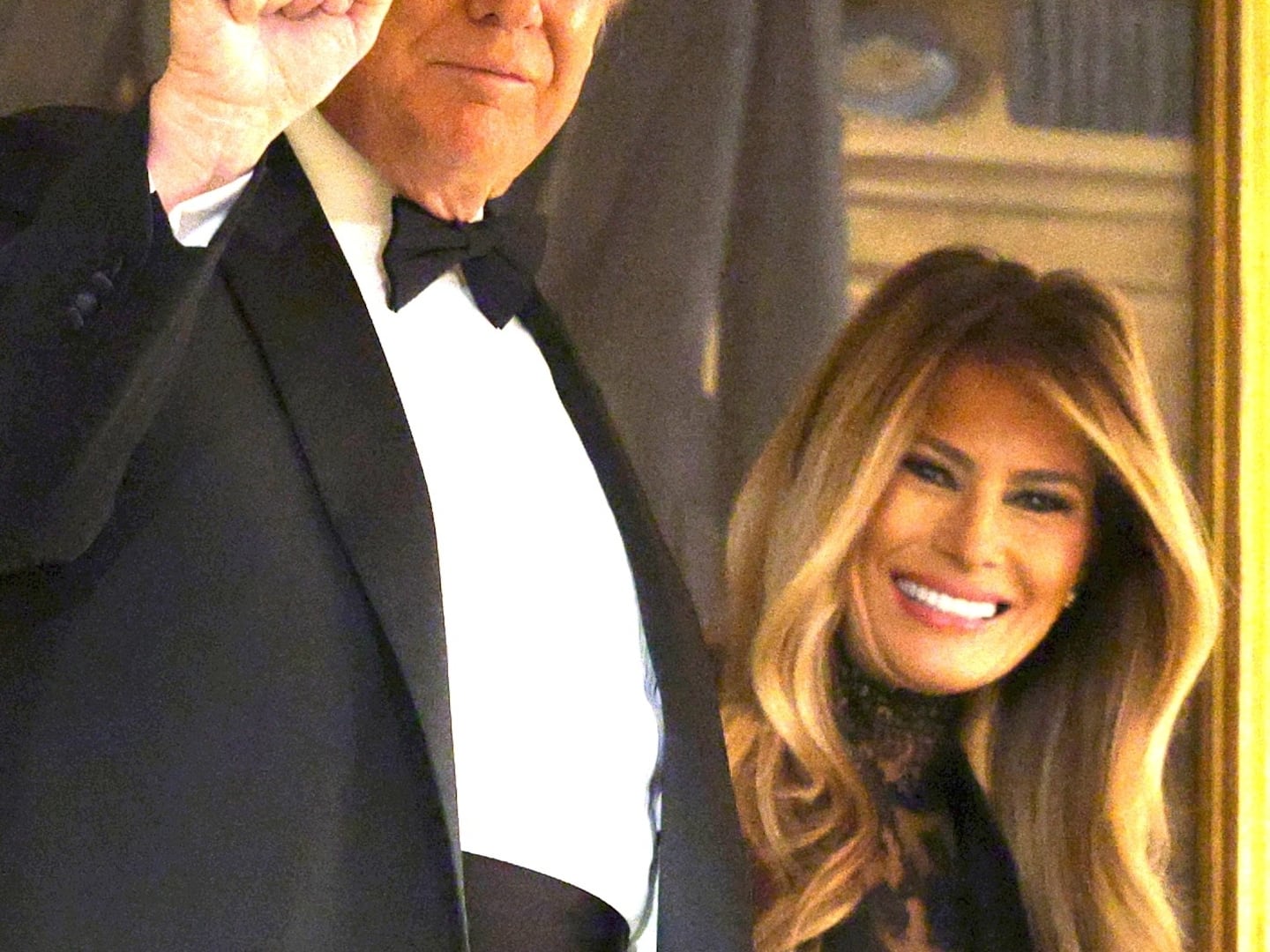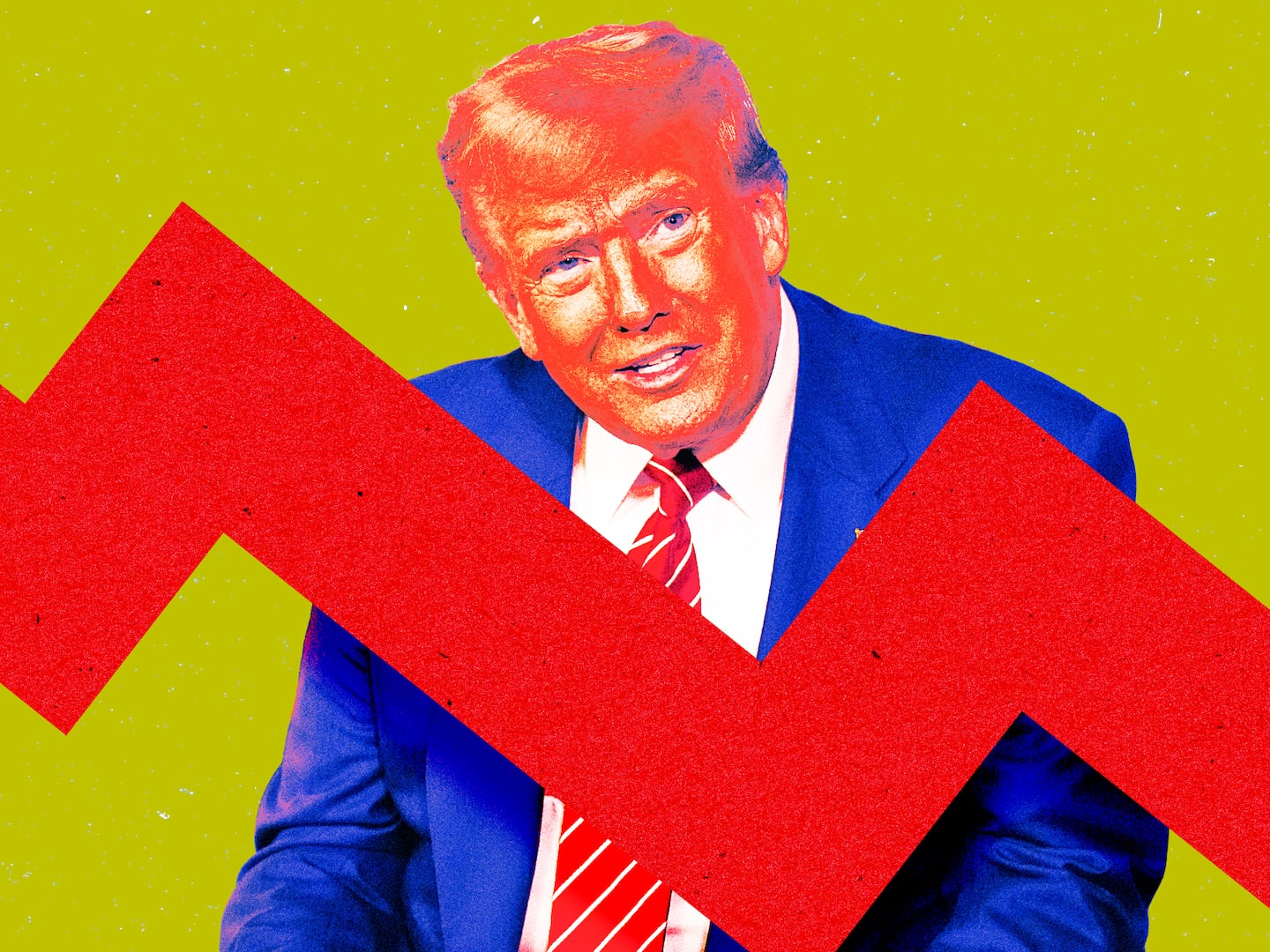This week, two competing Fyre Festival documentaries showed us that the scam never really ends.
First, Hulu surprise-dropped its own project, Fyre Fraud, just a few days before Netflix’s highly anticipated Fyre documentary. Hulu preemptively criticized Netflix’s offering for working with Fyre Festival’s social media agency Jerry Media/Fuck Jerry (creator Elliot Tebele is listed as an executive producer), and Hulu documentarian Jenner Furst expanded on this perceived ethical misstep, telling The Ringer, “We have emails that prove that people knew months in advance what was going on and we have a whistle-blower from inside that social media company [Jerry] who says that he knew months before that this wasn’t going to be what it was sold as.”
Further complicating things, Netflix director Chris Smith revealed to The Ringer that Fyre Festival mastermind Billy McFarland was paid by Hulu to appear in their documentary. “He told us that they were offering $250,000 for an interview,” Smith said. “He asked us if we would pay him $125,000. And after spending time with so many people who had such a negative impact on their lives from their experience on Fyre, it felt particularly wrong to us for him to be benefiting. It was a difficult decision but we had to walk away for that reason.” Furst confirmed that they did pay McFarland, but disputed the amount. To put it in millennial terms, this back-and-forth is best summed up by the Spider-Man pointing meme.
With both documentaries, the product has completely changed, but the same crew appears to be cashing out (with our streaming overloads Hulu and Netflix also benefiting for good measure). These projects are aimed at people who want to laugh at Instagram influencers and spoiled rich kids. But are we really superior, or just new pawns in a never-ending grift? The fact that McFarland has literally profited off a documentary that explores his scam already speaks volumes. Then there’s Jerry Media, a marketing and social media agency that spun out from the popular meme account FuckJerry. As Splinter explained in 2017, “We all know the memes we love are stolen and that the enjoyment we get is the direct result of the exploitation of actual creative and funny people who, even if they’re cited, don’t receive the recognition for their stuff. It’s of course particularly troublesome given that so much of our internet culture is created by young black people who don’t financially benefit from their contributions the way white people do. FuckJerry, a one-stop meme shop, stands at the top of this ethically dubious hill.”
When Fyre Festival was an enviable account, Jerry Media benefited from their partnership. Now that it’s a viral joke, Jerry Media and advertising company Matte Projects have contributed their insights and exclusive footage to a buzzworthy new documentary, getting a chance to steer the narrative and possibly downplay their own complicity in the process. Tebele has converted a professional misstep into an executive-producer credit. We each have our own role to play in McFarland’s iconic grift: the enablers, the influencers, the rich kids burning money and the binge-watchers poring over hours of schadenfreude-inducing footage. As long as we keep streaming, the season of the scammer never really ends.
Fyre’s greatest strength is its focus on the actual victims of the festival; not the naive Blink 182 fans who ate an uncooked grilled cheese sandwich and lived to tell the tale, but the workers who labored non-stop in the Bahamas only to be totally abandoned without pay when the outlandish project blew up in McFarland’s face. It also captures the total faith that McFarland’s co-workers and investors once had in him—the kind of admiration that might inspire someone to dedicate months to a seemingly impossible goal. As the documentary explains, McFarland’s previous project, Magnises, essentially started off as a pretty credit card. McFarland then built it up into a membership club which was, depending on who you ask, either a massive success or an early scam. Along the spectrum of grift, there’s a very fine line between a successful entrepreneur and a disgraced felon. To hear McFarland’s collaborators and employees tell it, Fyre Festival was no worse of an idea, no more ridiculous, than the past plots that he had built his “visionary” reputation on.
Billy McFarland had recently partnered with Ja Rule on Fyre, “the Uber of booking talent.” Fyre Festival was born as a promotional tool for the promising app. With McFarland’s taste for the extravagant, the idea of a gathering of industry professionals quickly snowballed into an oversized vision. McFarland boasted that he had bought an island for the festival—“Pablo Escobar’s island”—and exclusive footage chronicles his and Ja Rule’s early optimism.
In one clip, they talk about their plans to “change the way people look at a young tech entrepreneur and a hip-hop mogul.” Marc Weinstein, a music festival consultant, remembers first hearing about the festival at a conference, where industry professionals were “laughing” at their confidence. “I thought these guys are either completely full of shit, or they’re the smartest guys in the room.” Mike Purzycki, the CEO of Jerry Media, explains in a talking head that they were hired to run all of Fyre Festival’s social media. Brett Kincaid from Matte Projects flew to Norman’s Cay to direct the soon-to-be infamous Fyre Festival commercial that broke the internet.
“When I saw the call sheet I was like, that’s crazy,” Kincaid recalls. “Ten of the top supermodels in the world.” Luminaries like Kendall Jenner and Bella Hadid were brought to the island for a video shoot that turned into a multi-day rager. Footage shows McFarland passed out on the beach, and supermodels feeding wild pigs and taking boat selfies. “It was like more of a party than a promotional shoot,” Bahamian Fyre Festival employee J.R. explains. “It was definitely a trying work environment,” Kincaid adds. “It was them partying with talent that didn’t really know what they were there to do.” In more footage from the surreal shoot, McFarland gives a pep talk about how “we’re selling a pipe dream to your average loser.” At another point, he gives a toast to “fucking like porn stars.”
The shoot was simultaneously totally unprofessional and oddly successful. The simple fact of having that many A-list models together on an island, posting to their own social media feeds, generated a slew of press coverage. After that, Purzycki narrates, “Fyre very quickly became one of our most important clients.”
On December 12, 2016, the team reached out to “400 of the biggest people around the world,” including influencers and models, to post “the ambiguous burnt orange tile.” Kendall Jenner was paid “$250,000 by wire transfer” to post a single announcement about the festival. In response, Purzycki recalls “a PR storm like you’ve never seen,” swearing that brands called him to ask if they could pull their money out of Coachella to partner with Fyre Festival. “Within 48 hours, they sold 95 percent of their tickets.” It’s only fitting that something as stupid as an Instagrammable tile marked the point of no return.
Relatively early on, McFarland was told that it would be essentially impossible to fit the estimated number of festivalgoers on the island; he responded by parting ways with employees who voiced their concerns. Creative Director Mark Musters put together a $38 million budget, which McFarland signed off on. Event producer Andy King, who had worked with McFarland on Magnises events and developed a close relationship with him, came onboard. King said that the “core team” ultimately had about “6-8 weeks” to put the festival together—an effort that should have begun “at least 12 months out.”
Fyre Festival kicked off on Norman’s Cay, the island that McFarland claimed he bought, and relocated to Great Exuma. The festival promised a boon for the local economy, with the creation of hundreds of jobs. But the problems kept mounting. Marc Weinstein, the music festival consultant, describes McFarland as “entirely delusional,” refusing to cut influencers or paying customers despite a lack of available housing on the island. Calvin Wells, a financier, appears in the documentary at this point as an early Fyre Festival skeptic. Wells knew about McFarland from his Magnises days, saying, “This guy was always out there running hustles.” He made a few calls, and found out that the promised headliners hadn’t been paid yet. At that point, he took “a more active role in investigating,” taking a plane to the Bahamas to photograph the festival development. Wells realized that the promised luxury villas were in fact leftover hurricane tents. In keeping with the social media of it all, Wells decided to start up his own “Fyre Fraud” Twitter account.
In the lead-up to the festival, day laborers worked around the clock. Back in New York, Fyre employees on the app side were becoming increasingly alarmed by reports from the festival team. Paychecks became erratic—one Fyre employee was paid with a bag of cash. Meanwhile, McFarland would constantly fly back to the Bahamas with money, and no one knew exactly where it came from. Despite advice from people like Andy King, McFarland refused to manage expectations or release real information to festivalgoers. Instead, attendees received emails urging them to put money into their “Fyre bands,” which would act as wallets for their weekend—a last-ditch, entirely untested effort to get some more money for the festival. The original sketches of the housing that would be offered to festivalgoers were taken off the site. As consumers became more and more skeptical, asking for updated information and pictures of accommodations on social media, Jerry Media began to delete comments that were “degrading the brand,” ultimately closing comments entirely. According to King, a team member would bring up the idea of pulling the plug every day, and McFarland would always refuse. If the festival didn’t happen, Billy wouldn’t be able to pay his investors back.
In one of Fyre’s more memorable anecdotes, the hardworking King describes the day when McFarland called him up and asked him to take “one big thing for the team.” He proceeded to beg King to “go down and suck Cunningham’s dick, who’s the head of customs, and get him to clear all of the containers with water.” King describes driving home, taking a shower, drinking some mouthwash and going to Cunningham’s office “fully prepared to suck his dick” (in the end, he says, Cunningham was perfectly accommodating and agreed to release the 18-wheeler trucks full of Evian water). “I was going to do that, honestly, to save the festival.”
The night before the Fyre Festival it started to pour, essentially rendering the tents unlivable. Marc Weinstein remembers everyone on the team crying. The next day, the influencers started arriving.
It’s fascinating to watch the social media footage shift from hyped-up posts—people bragging about the luxury festival they’re about to arrive at—to call-out clips that quickly go viral. In a way, anyone who came to the island to increase their social media clout got exactly what they came for. Arrivals were rerouted to MaryAnn Rolle’s restaurant; in an interview, she says that this wasn’t planned at all, and that she was told about it 25 minutes before the buses started rolling up. After hours, they were taken to the campsite. “Maybe our villas are just on the other side,” one concertgoer remembers thinking as they approached the desolate rows of tents. Everyone ran for shelter, and a “looting mentality” reigned.
“When the sun went down, the camaraderie was over.”
With unabashed wonder, Purzycki talks about the viral tweet of a disgusting-looking sandwich that ultimately enshrined Fyre Festival as the scam of the summer. Jerry Media told the festival team that they were going to stop posting on their behalf. Ja Rule was advised not to come, and the acts that hadn’t already pulled out were cancelled. The airport was mobbed with festivalgoers trying to leave. For the first time, King recalls, he saw McFarland cry.
The huge workforce that had been laboring 24/7 realized that they weren’t going to be paid, and showed up at the Fyre Festival production house demanding wages. Andy King describes trading clothes with someone and hiding behind a urinal before jumping into a car to “find safety.” The Fyre Festival employees who were still on the island felt like targets, and Billy was nowhere to be seen. MaryAnn Rolles went through $50,000 of her own savings feeding festivalgoers and paying her staff. “I don’t even like to talk about the Fyre Festival,” she says, visibly emotional. “They really, really, hurt me.” J.R. adds that a lot of his workers are still owed an estimated $250,000 in wages. Fyre Media employees were laid off, and a number of festival collaborators were left with their own massive bills to pay.
McFarland was hit with a $100 million class action lawsuit and charged with wire fraud. While out on bail, McFarland started scamming again, courtesy of NYC VIP Access, which reached out to the Fyre Festival listserv with fake opportunities. McFarland was rearrested and pleaded guilty to selling fraudulent tickets. He was ultimately sentenced to six years in federal prison. Some of his ex-employees and collaborators are still wrestling with their complicity in promoting an event that was more or less doomed from the start. Others can’t wait to see what McFarland does next.







